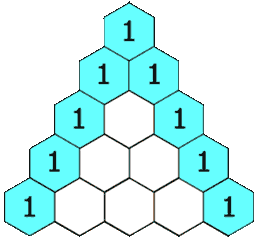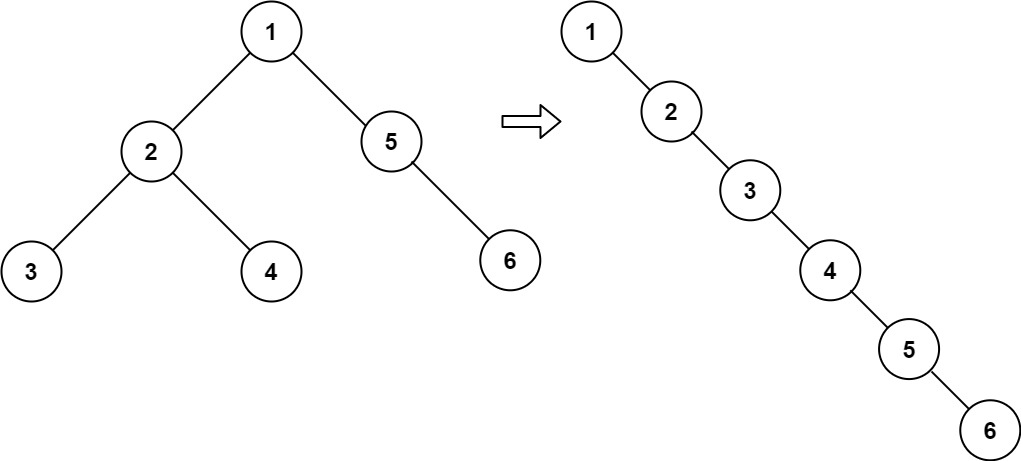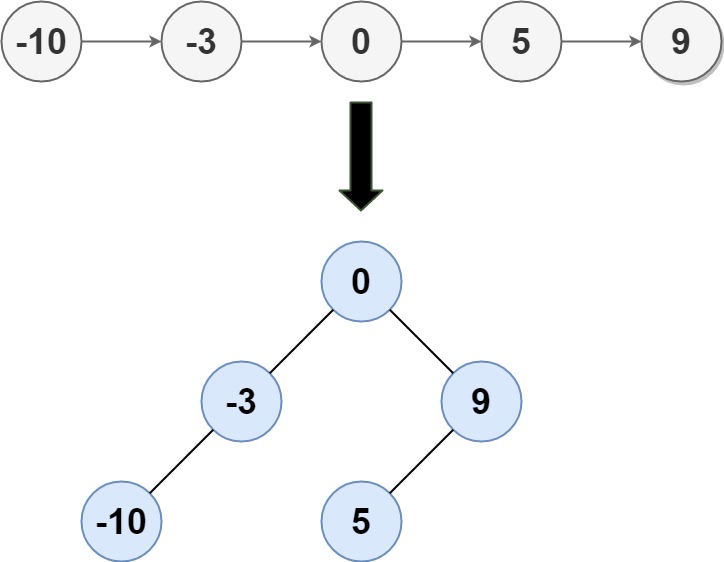Given a non-empty array of integers nums, every element appears twice except for one. Find that single one.
You must implement a solution with a linear runtime complexity and use only constant extra space.
Example 1:
Input: nums = [2,2,1] Output: 1
Example 2:
Input: nums = [4,1,2,1,2] Output: 4
Example 3:
Input: nums = [1] Output: 1
Constraints:
1 <= nums.length <= 3 * 104-3 * 104 <= nums[i] <= 3 * 104- Each element in the array appears twice except for one element which appears only once.
Solution: XOR
single_number ^ a ^ b ^ c ^ … ^ a ^ b ^ c … = single_number
Time complexity: O(n)
Space complexity: O(1)
C++
|
1 2 3 4 5 6 7 8 9 |
class Solution { public: int singleNumber(vector<int>& nums) { int ans = 0; for (int x : nums) ans ^= x; return ans; } }; |


